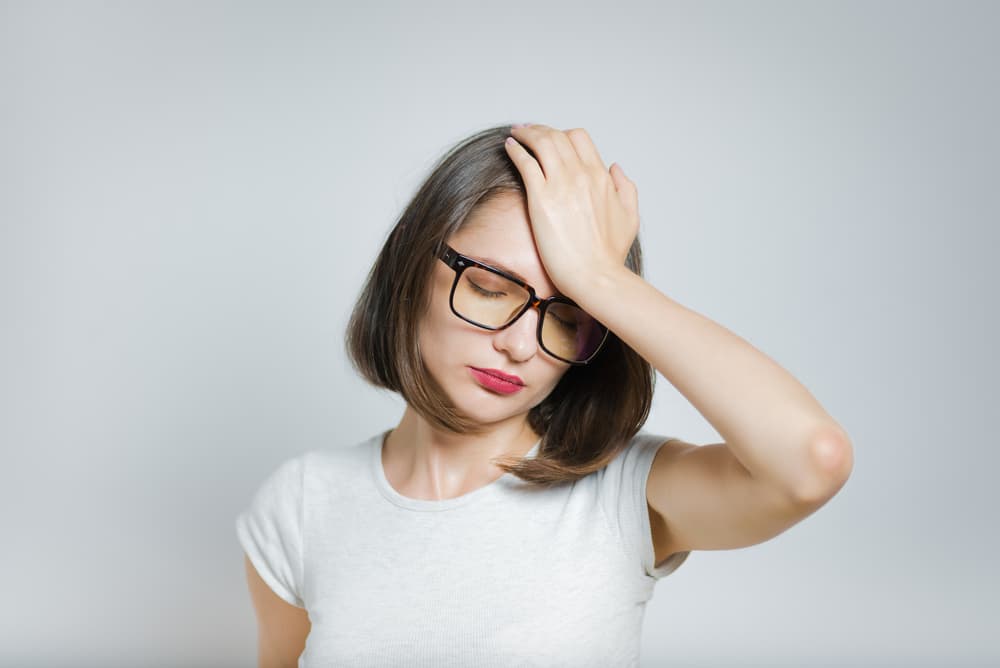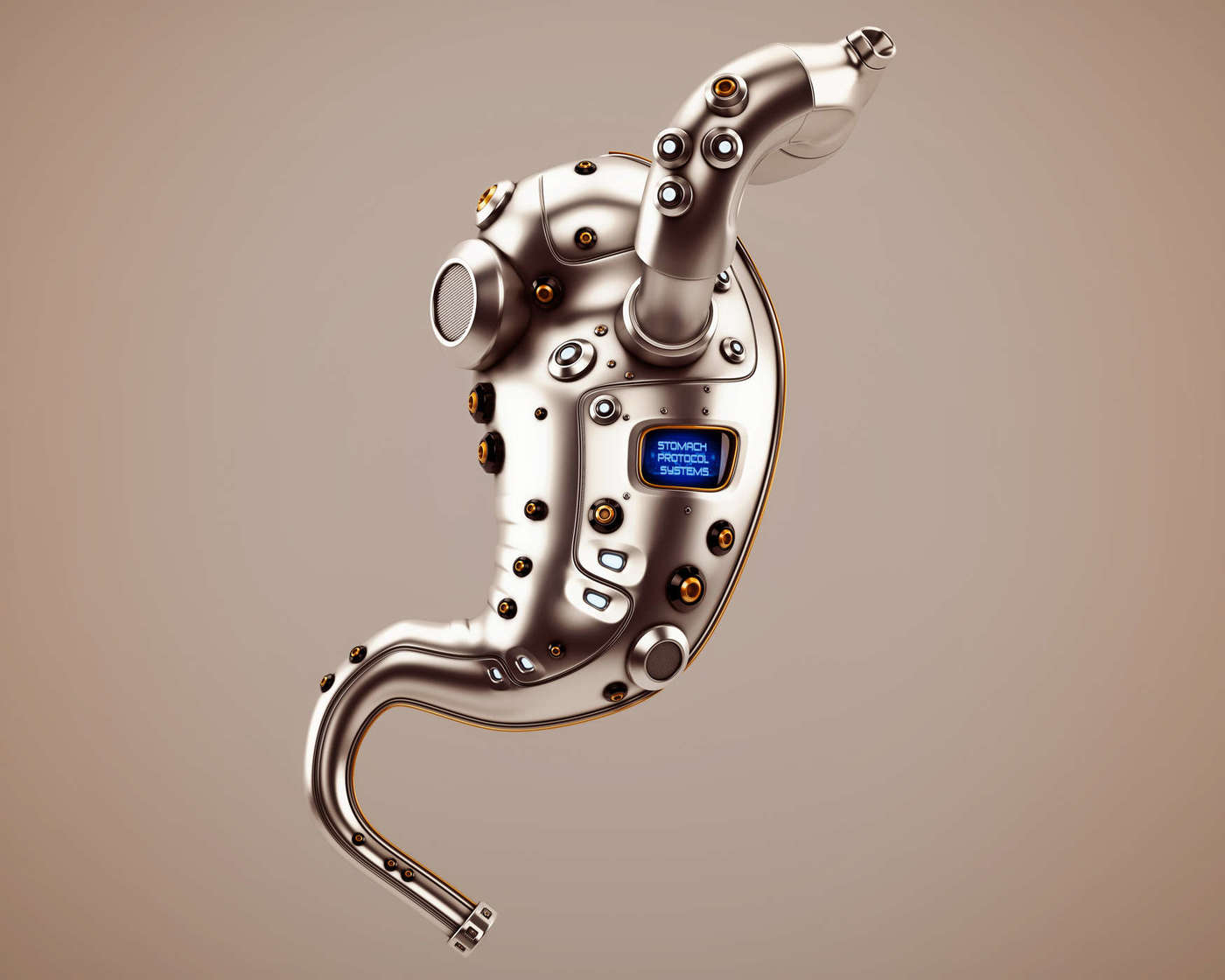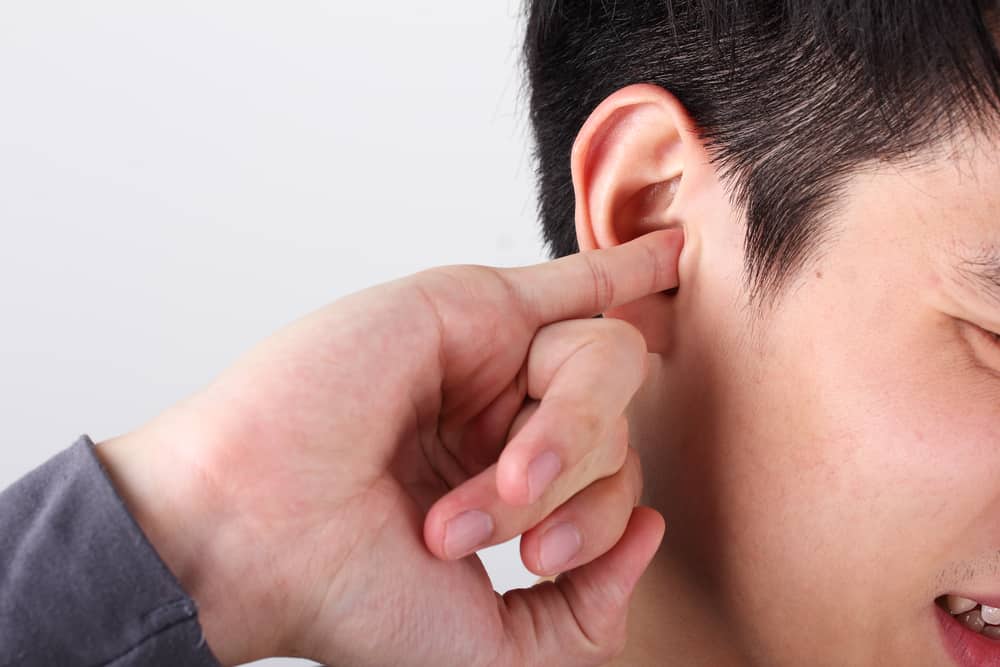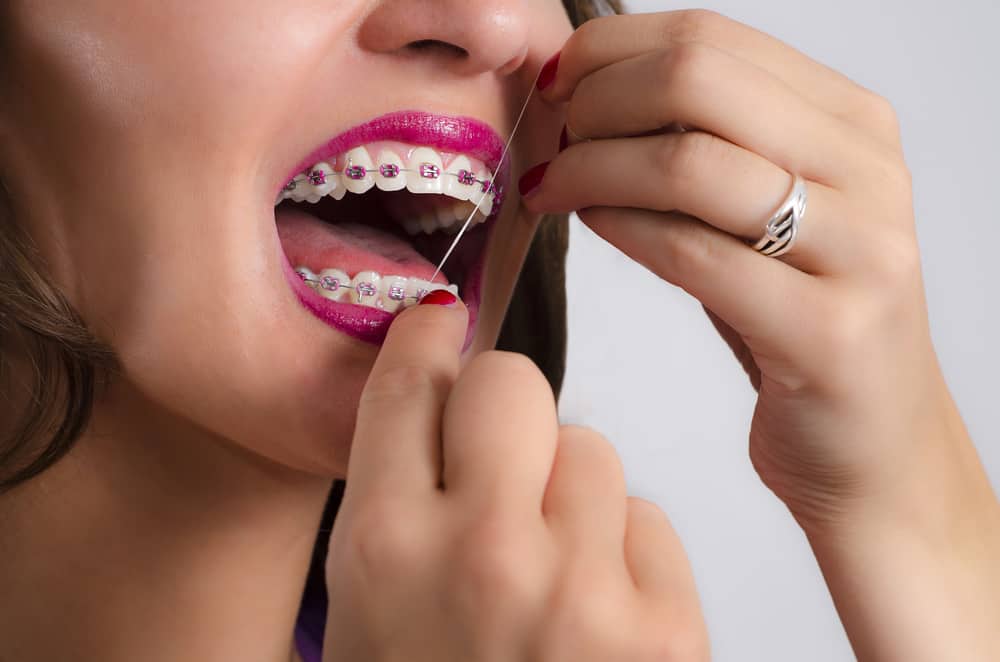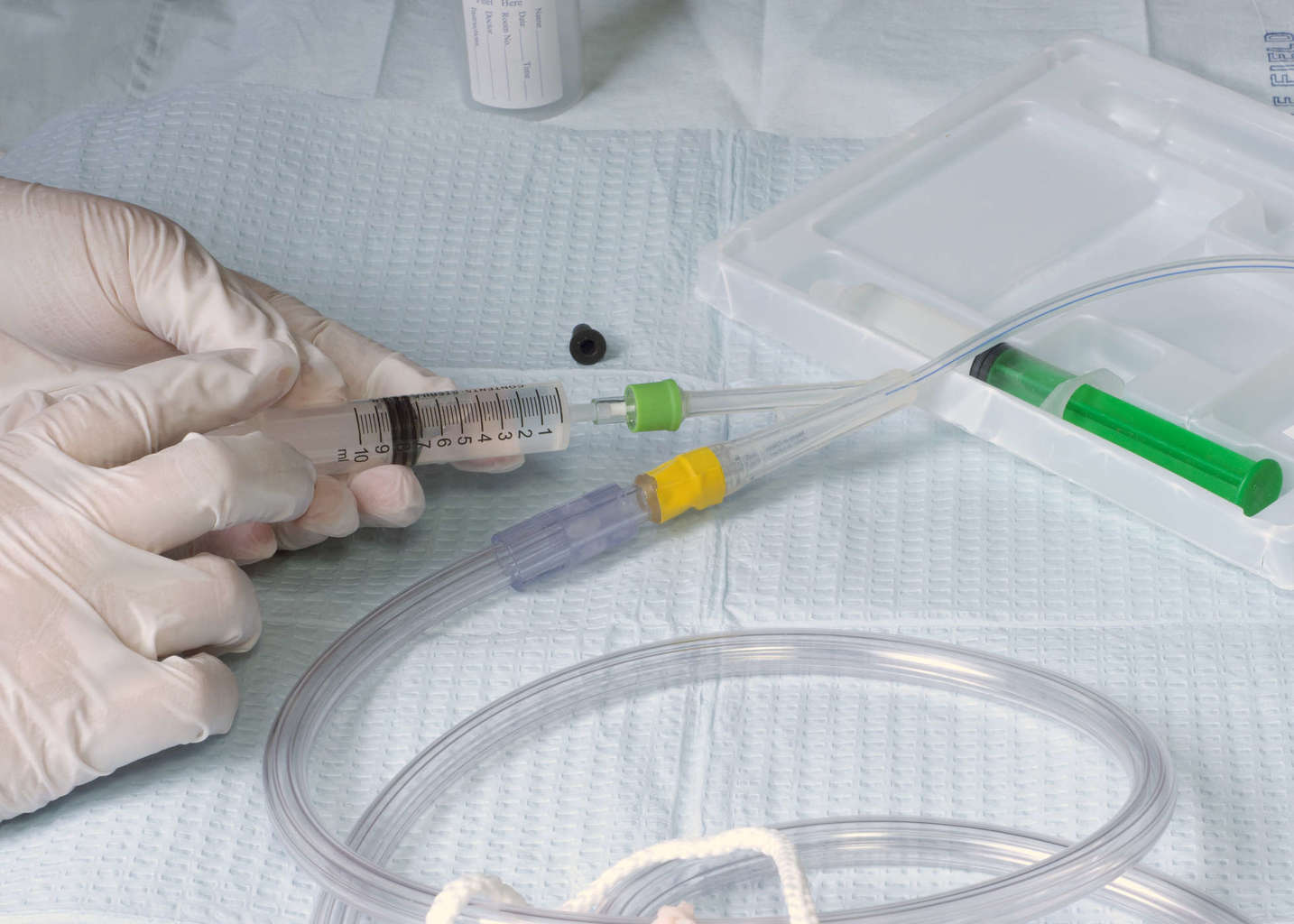Contents:
- Medical Video: Symptoms of Stroke and Migraine | Cedars-Sinai
- What is the difference between symptoms of stroke and migraine?
- Can migraines cause strokes?
- How do you prevent migraines and stroke?
Medical Video: Symptoms of Stroke and Migraine | Cedars-Sinai
Symptoms of stroke and migraine headaches are very similar to each other. Almost the same characteristics include headaches, blurred vision, and even your mind is in confusion or you become dazed. However, the cause could be either a stroke or migraine headache. What is the difference between symptoms of stroke and normal migraines? Here's how to distinguish it.
What is the difference between symptoms of stroke and migraine?
Migraine headaches and headaches can be interconnected together. This is generally only known by tests, doctor diagnoses, and investigations such as CT head scans. The most striking difference between the characteristics of stroke and migraine headaches can be known by how recurrence of both diseases.
Generally, migraines do not cause weak nerves, loss of sensation, or loss of vision. However, there are some signs that can distinguish between migraines and stroke characteristics like the following:
- Headaches from strokes usually come suddenly. Whereas migraine pain occurs gradually. Migraine headaches generally start from a mild level to a very severe headache.
- Stroke and symptoms are often dangerous. For example, a stroke can occur when suddenly one or both of your eyes cannot see. Worse, sometimes the symptoms of this stroke can be accompanied by loss of control in one particular body part such as the hands or feet.
- Migraine headaches are more likely to have harmless symptoms. For example, migraines are often accompanied by blinking or sudden tingling.
- Symptoms of stroke and migraine can be distinguished from age too. Generally, strokes often attack adults to the elderly. Whereas if you are a teenager or pre-adult, chances are you have migraines. It's a good idea to consult a doctor about complaints that are felt until you get a definite diagnosis.
Can migraines cause strokes?
In rare cases, migraine headaches can cause strokes. There is a theory, as quoted from WebMD, that damage to cells lining blood vessels can cause an unbearable headache. Several studies have concluded that migraines can cause inflammation in the arteries. This can cause blood to clot and freeze more easily, so that both of these can increase the risk of stroke.
It's also possible that you have a stroke when you have a migraine, but that doesn't mean migraines cause strokes. If you have a headache, certain medications for migraine headaches are included neverapine and triptans, can narrow your blood vessels and increase the risk of stroke.
If you are worried about symptoms of a stroke, which you may experience, you should not take these drugs for a few moments.
How do you prevent migraines and stroke?
Here are lifestyle and home remedies that can help you deal with various symptoms of stroke and migraines.
- Quit smoking.
- Take medication given by your doctor.
- Exercise according to your doctor's instructions.
- Eat foods that contain little fat and reduce alcoholic beverages.
- Control your blood pressure (tension), cholesterol level, and diabetes.
- If there are questions, it's better to go to the doctor for the best solution to your problem.

